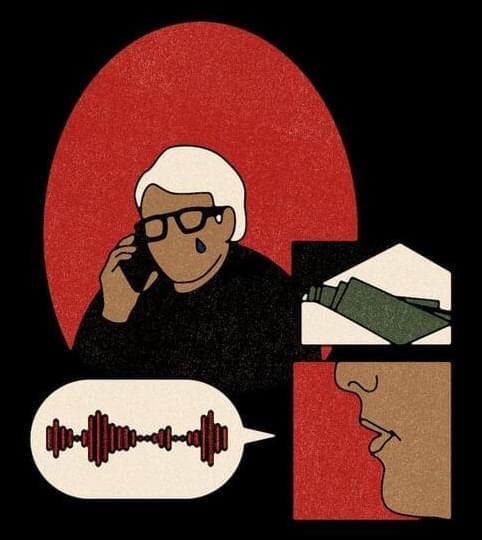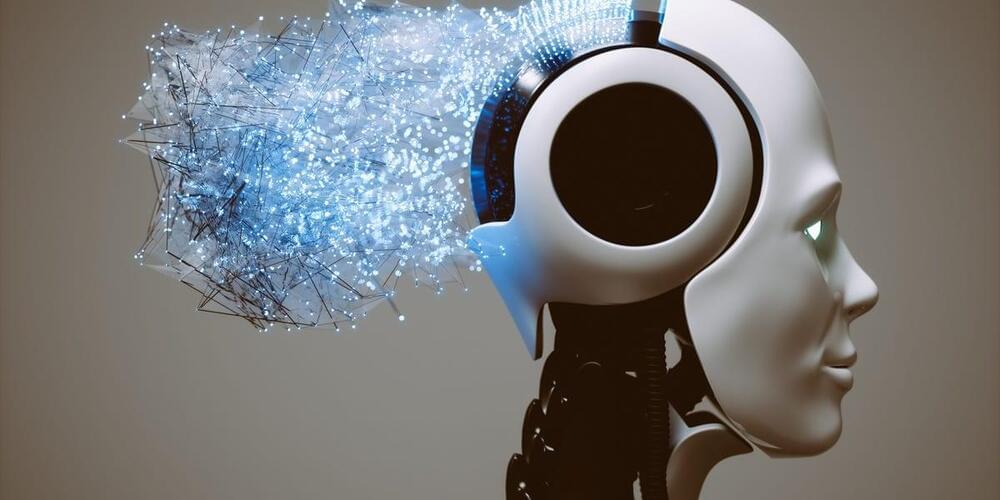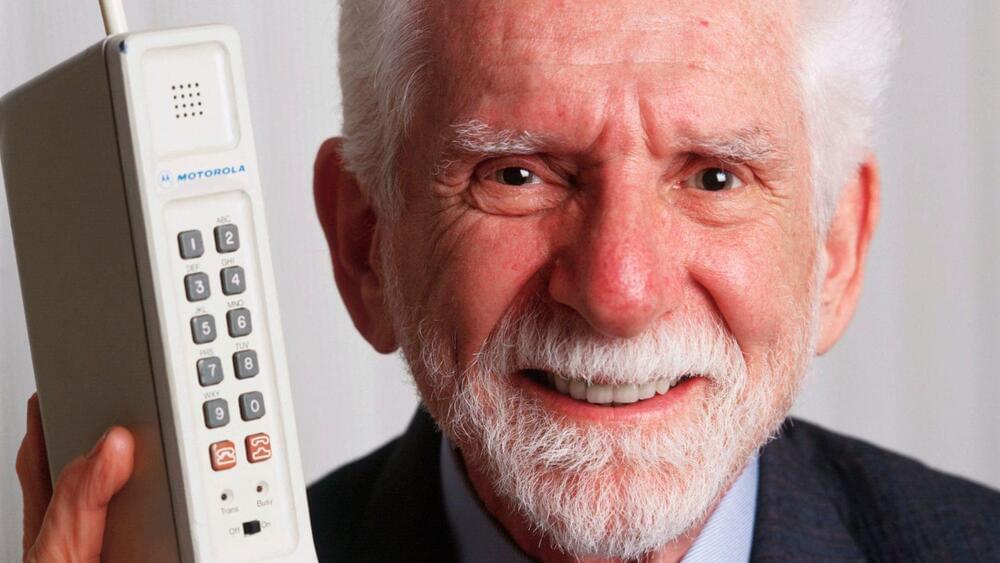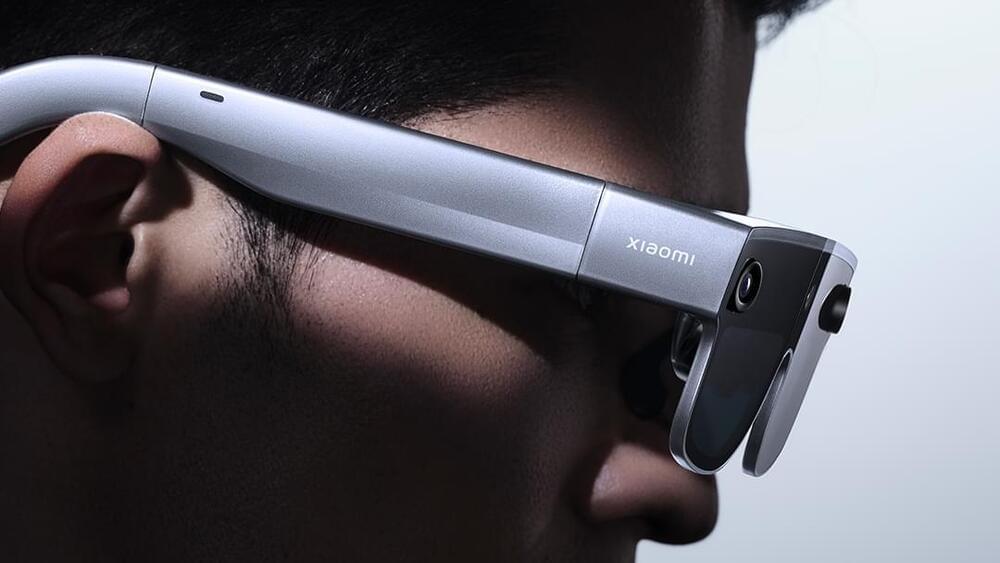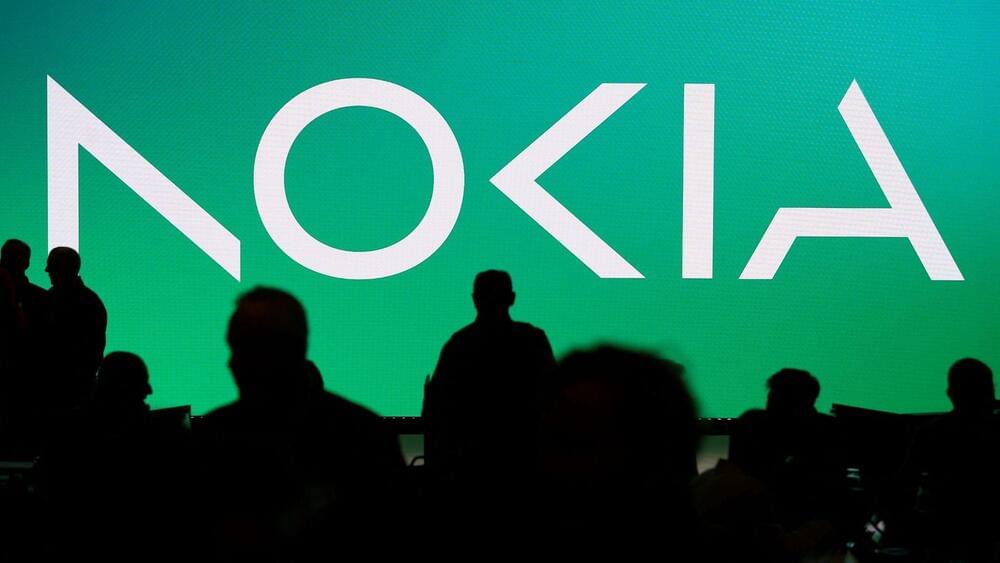Stranded with no obvious way out, the man came up with a plan on how to alert rescuers to his situation. He attached his cellphone to a drone he had in his vehicle. He typed out a text on his phone to a friend describing what had happened and his exact location. Then he hit send on the text and launched the drone several hundred feet into the air. That high up, the phone was able to connect to service and send the text.
The man’s friend received the text, reached out to authorities and rescue crews were able to locate the man and rescue him. During the rescue trip, crews also found and rescued another driver who’d been stranded nearby in the snow for multiple days.

